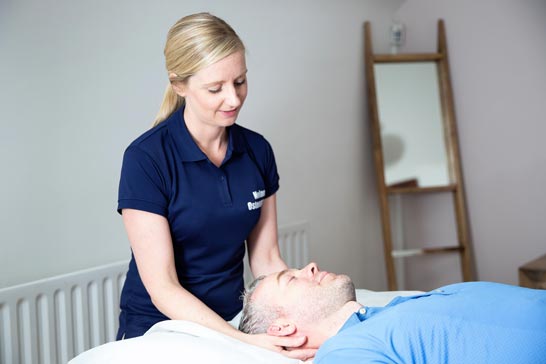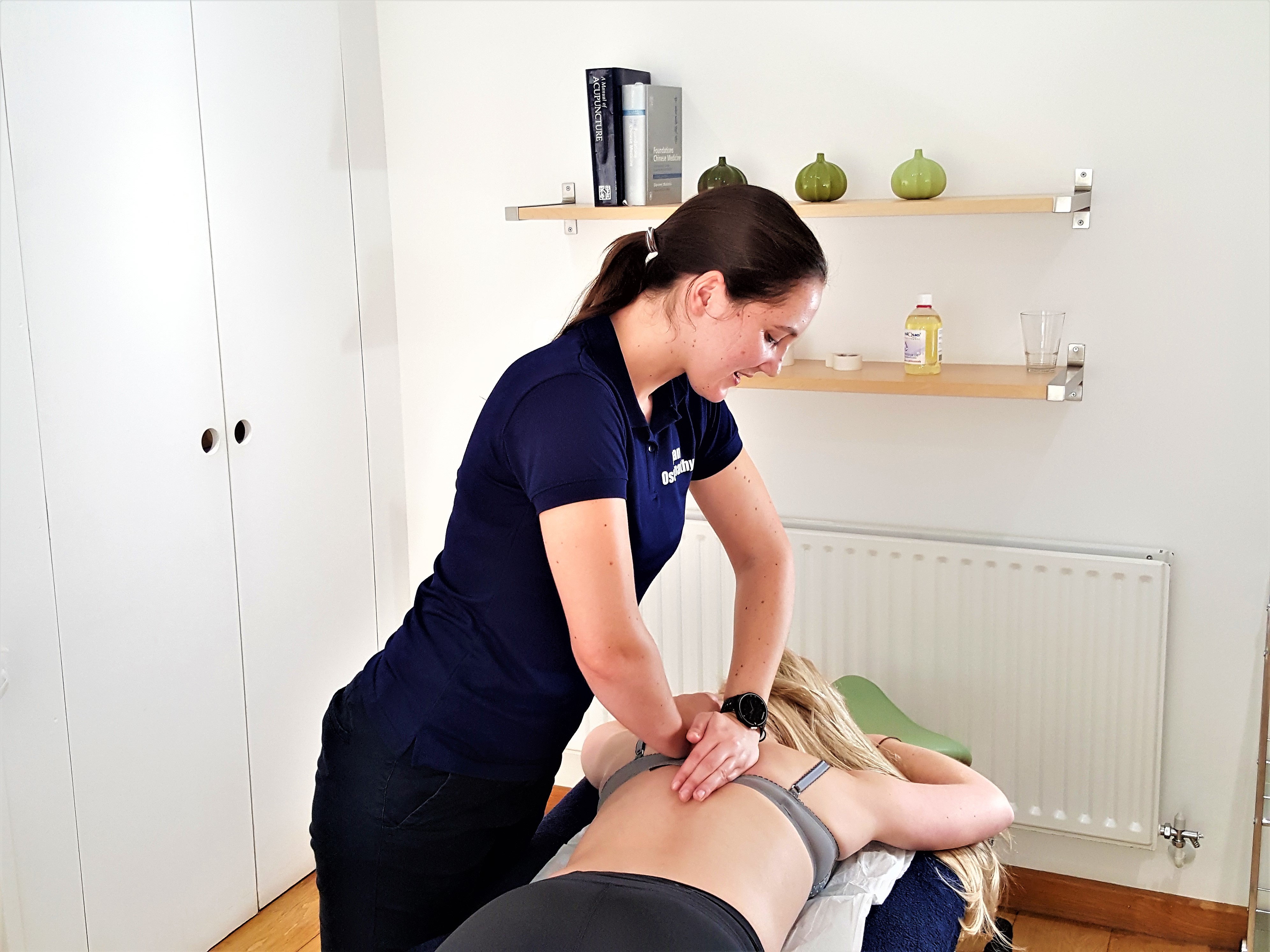The Most Common Rowing Injuries and How to Avoid Them
August 15, 2016
Maria Nolan

Its been a packed sporting calendar so far this year and the Nolan Osteopathy team have been busy helping patients recover from injury and make it to the start line for their chosen event. Interestingly, we’ve treated quite a few rowers in recent months, so we’d thought it was a good time to write a blog explaining why amateur rowers typically get injured and what you can do to help reduce the risk of picking up an injury in the first place.
Most rowing injuries tend to be repetitive strain injuries and are mainly caused by sudden changes in the volume of training, lack of fitness and poor technique, with the lower back region and the knee joints most commonly affected. However, since rowing puts pressure on almost every joint in the body to varying degrees, other common issues are pain and tenderness in the muscles of the shoulder, neck and upper back as well as wrist and forearm tendonitis (pain and swelling).
Rib stress fractures are also more common during the summer months as people ramp up their training efforts in preparation for the various regattas around the country. A rib stress fracture occurs when overtraining causes the muscles to repeatedly pull on the ribs, eventually leading to a fracture. Early identification is key here so if you are feeling any pain in your chest wall, it’s time to stop rowing and get it checked out as soon as possible.
Doing the following will greatly reduce the risk of an injury;
- Follow a strength and fitness training program
Make sure it includes weight training and aerobic activity, such as walking or jogging. It doesn’t have to be intense but it is important to improve your muscle power and endurance to handle the demands of the sport and to maintain good technique when you start to get tired. It is much better to gradually build up your strength and stamina over a period of time.
- Improve your flexibility
Tight muscles and restricted joints are more susceptible to injury, so it is important to follow a stretching program consistently, which will give you the necessary range of movement to perform the rowing stroke correctly.
- Protect your back
The most common rowing injuries involve the back. Strengthening your core abdominal muscles will help support the lower back. A great exercise for this is a well performed plank and there are lots of very good examples of how to do this online.
Also, be aware of looking after your back in everyday life, for example, by bending the knees and keeping your back straight when lifting heavy objects.
- Know your limitations
We’re all guilty of overdoing it sometimes but be conscious of not overexerting yourself when rowing. Fatigue and poor technique are more likely to result in injury.
If you do injure yourself rowing
- Stop immediately to help prevent further damage. Pushing through the pain only aggravates an injury.
- Speak to a health professional such as an osteopath or a physiotherapist promptly. Knowing whether you have suffered a soft tissue or a musculoskeletal injury is vital, as early treatment will greatly boost the recovery time and enhance the body’s resilience to future injuries.
If you have any concerns about an injury or have any questions about the above, please don’t hesitate to get in touch at 01491 281 972 or enquiries@nolanosteopathy.co.uk and we will be happy to help in any way we can.
Maria





